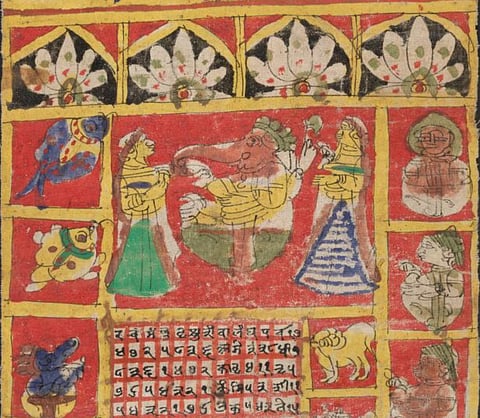New Year in monsoon
While the Western world celebrates the New Year on the first of January, in Bangladesh, Burma, India and Nepal it falls in mid-April. Struck by the near coincidence of these New Years dates in the traditional calendars in the region, an observer inevitably begins to wonder why this has come about. In fact, if we look at Southasian calendars from centuries ago, we find that they have become increasingly out-of-sync with both the Gregorian calendar and the local seasons, by nearly a day every 60 years. In this way, the region's calendars seem to be going forward in time, like a clock ticking slightly more quickly than it should.
A clue to this mystery can be found if we look slightly beyond our borders. For millennia, Iran has celebrated the New Year, or navroz, on 21 March, because the Zoroastrians have a fixed calendar. The Parsi community in India also observes Navroz on the same day. This date should ring a bell in the mind of any schoolchild: it is one of the four most significant days of the year. As the Earth goes around the sun, every year we get two days with equal night and day – the equinoxes. Likewise, there are two 'extreme' days, one with the longest and another with the shortest days – the solstices. These four days are spaced roughly three months apart, and they mark the beginnings of the four seasons. The equinoxes appear in spring and autumn, and 21 March has long been marked as the beginning of spring. Traditionally, many cultures have also used the spring equinox to mark the New Year. Like the Persians, the Romans also used March as their first month. This is the reason why there is a series of English-language months with telltale, though incongruous, numerical names: for instance, the sept- in September means seventh, despite the fact that it is now the ninth month. Such a discrepancy is cleared up if the year begins with March, however.

